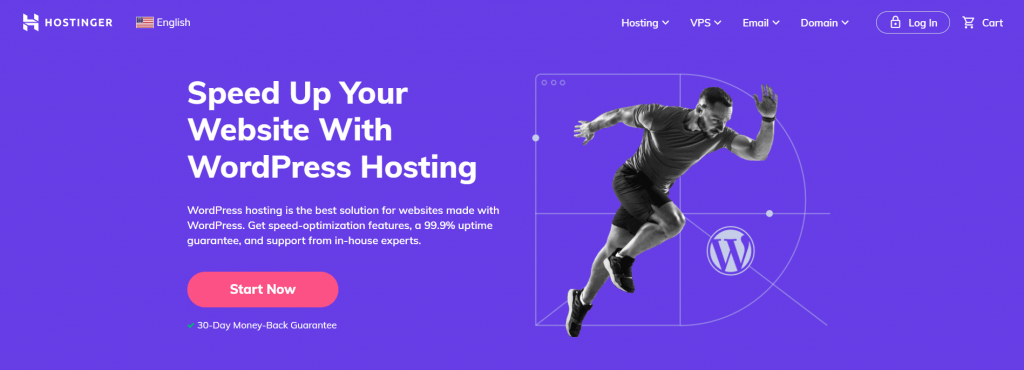After spending nearly two decades in the financial payments sector before transitioning to healthcare, I feel that I’ve gained unique insights into how principles from traditional financial services can transform the patient payment experience. This evolution is crucial as healthcare organizations seek to meet modern consumer expectations.
Consumer behavior drives innovation
Throughout my career, one principle has consistently proven true: consumer behavior drives the industry. If consumers collectively change their payment preferences, the entire ecosystem must adapt. We’ve seen this repeatedly in the financial world, where emerging payment solutions prompted established institutions to develop competitive alternatives.
Consider peer-to-peer payment networks. When these solutions emerged and gained rapid adoption through viral network effects, traditional financial institutions recognized they were losing both transaction volume and — perhaps more importantly — crucial consumer touchpoints. The resulting innovations weren’t created because institutions thought they would be interesting projects, but because consumer behavior demanded a response.
The same dynamic applies to healthcare. As patients bring their payment preferences and expectations from retail experiences into healthcare settings, providers must evolve to meet these changing demands.
The quest for seamless payments
When I occasionally have to update my payment information when checking out online, it’s always jarring — a reminder that yes, there is a payment mechanism working behind the scenes. Most of the time, good payment experiences should be practically invisible.
In my experience, the ultimate goal for healthcare providers should be achieving truly seamless payments. Regardless of how patients choose to pay — be it card, bank transfer, digital wallet, or another method — the process should feel effortless. E-commerce leaders have set the standard in this arena. Think about how easy it is to purchase just about anything from leading online retailers and check out without friction. The payment mechanism fades into the background, becoming practically invisible. This seamless experience is what healthcare providers should aspire to create.
Navigating healthcare technology constraints
One of the unique challenges in healthcare payments is that much of the provider experience is governed by their electronic health record (EHR) system. Successful payment innovations in healthcare must work within these established systems while expanding payment options for patients. When new payment options are integrated into patient portals, adoption can be immediate and enthusiastic, demonstrating that patients want the same convenient payment options in healthcare that they use in their day-to-day lives.
Meeting patients where they are
Creating truly patient-centered payment experiences means offering multiple payment methods that align with how patients already prefer to pay. Whether traditional payment cards, bank transfers, digital wallets, or emerging payment solutions, these options should be available in a frictionless, familiar way.
This will become increasingly important as younger generations become more prominent healthcare consumers, bringing their digital payment preferences with them.
Consistency creates trust
When implementing new payment options, consistency with established experiences is crucial. If a patient accesses a payment method through your portal and the experience looks or feels different from what they’re used to, it raises red flags. This not only disrupts the transaction but may trigger concerns about the legitimacy of the transaction.
Such friction can lead to long-lasting negative perceptions, which may take time to change. By maintaining consistent experiences across payment methods, we build trust and confidence in the payment process.
The discretionary vs. non discretionary dilemma
Perhaps the most fundamental difference between retail and healthcare payments lies in their nature — discretionary versus non-discretionary spending.
When purchasing consumer goods, we can plan, budget, and make compromises based on our needs and financial situation. If I want a premium product but can only afford a basic model, I have options. I can personalize my purchase based on my budget and requirements.
Healthcare spending doesn’t always offer this flexibility. A patient can’t easily ask a provider to deliver partial treatment because they can’t afford the complete care. If a required treatment regimen requires multiple medications, it’s rarely feasible to say, “I can only afford part of this now.” The options are stark: either get the necessary care and improve, or don’t get care and potentially suffer consequences. One area where healthcare payments have been helping solve this dilemma is by offering payment plans to help reduce the stress associated with medical expenses.
This fundamental difference creates unique challenges for healthcare payment systems. While retail consumers can adjust their purchases based on budget constraints, healthcare patients often have limited options. This reality makes the payment experience in healthcare all the more critical — and all the more challenging to perfect.
As we look to the future of healthcare payments, organizations that thrive will be those that thoughtfully draw insights from other industries, while remaining mindful of healthcare’s distinct complexities. By creating payment experiences that feel less like a burden and more like the seamless, convenient, flexible transactions patients experience elsewhere, we can significantly improve both patient satisfaction and financial performance.
The future of healthcare payments isn’t about reinventing the wheel, it’s about bringing the best of what works elsewhere to an industry that needs payment innovation. By putting patients at the center of payment design, healthcare organizations can transform what has traditionally been a point of friction into an opportunity for enhancing the overall patient experience.
Photo: sorbetto, Getty Images
Johnathan (John) Welch is Chief Product Officer at Sphere, where he leads the Product organization and drives the roadmap for Sphere’s payment and healthcare focused product suite. Originally from London, England, John is an internationally minded payments expert with over 15 years of experience working for some of the largest payment providers and banks in the world, including leadership roles at Wells Fargo, JPMorgan Chase, WorldPay, and MasterCard.
This post appears through the MedCity Influencers program. Anyone can publish their perspective on business and innovation in healthcare on MedCity News through MedCity Influencers. Click here to find out how.







